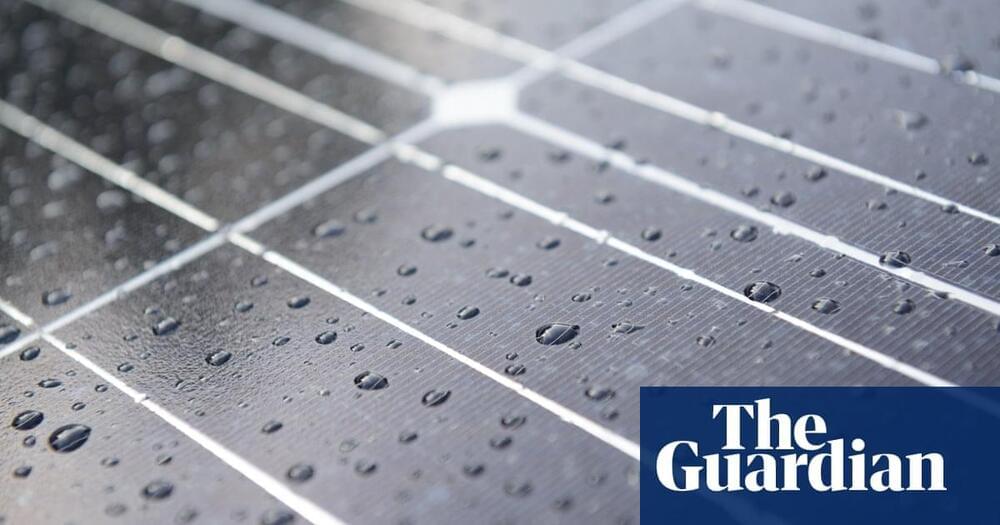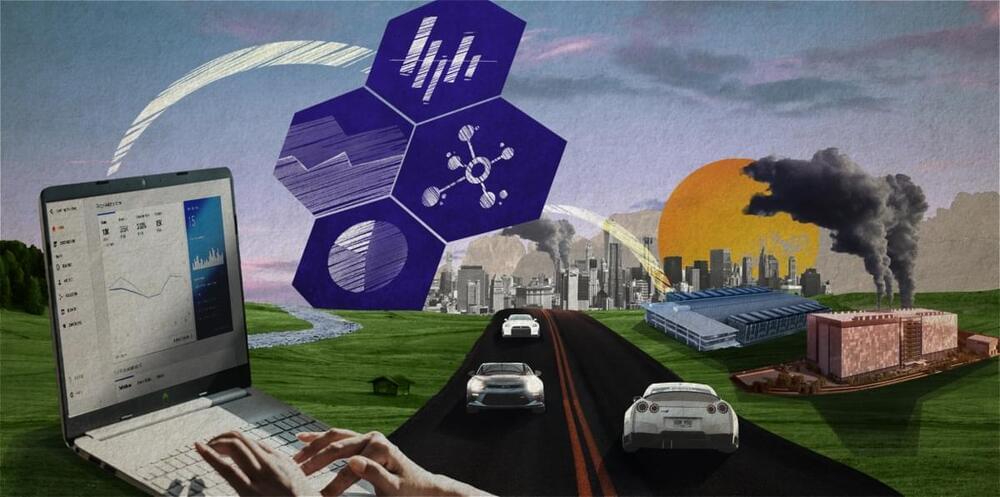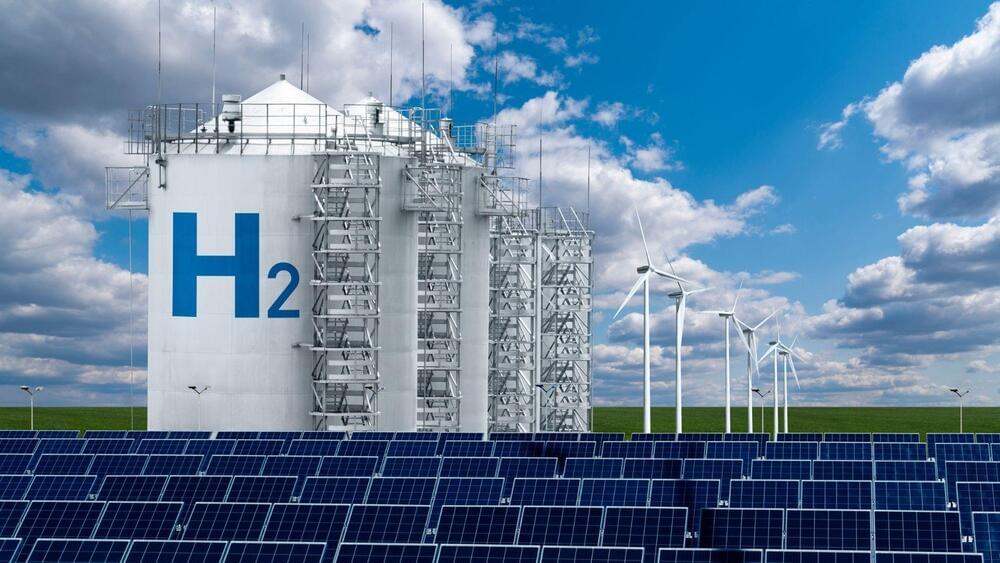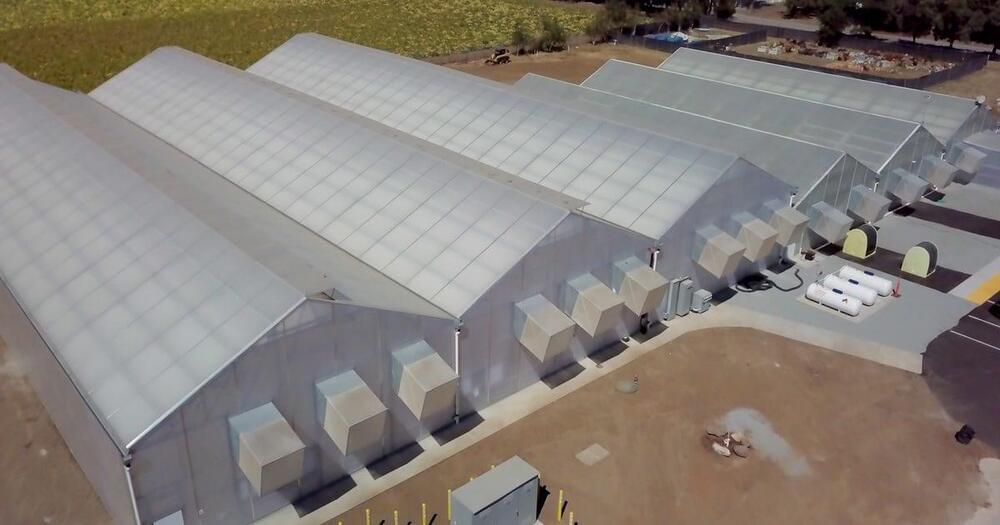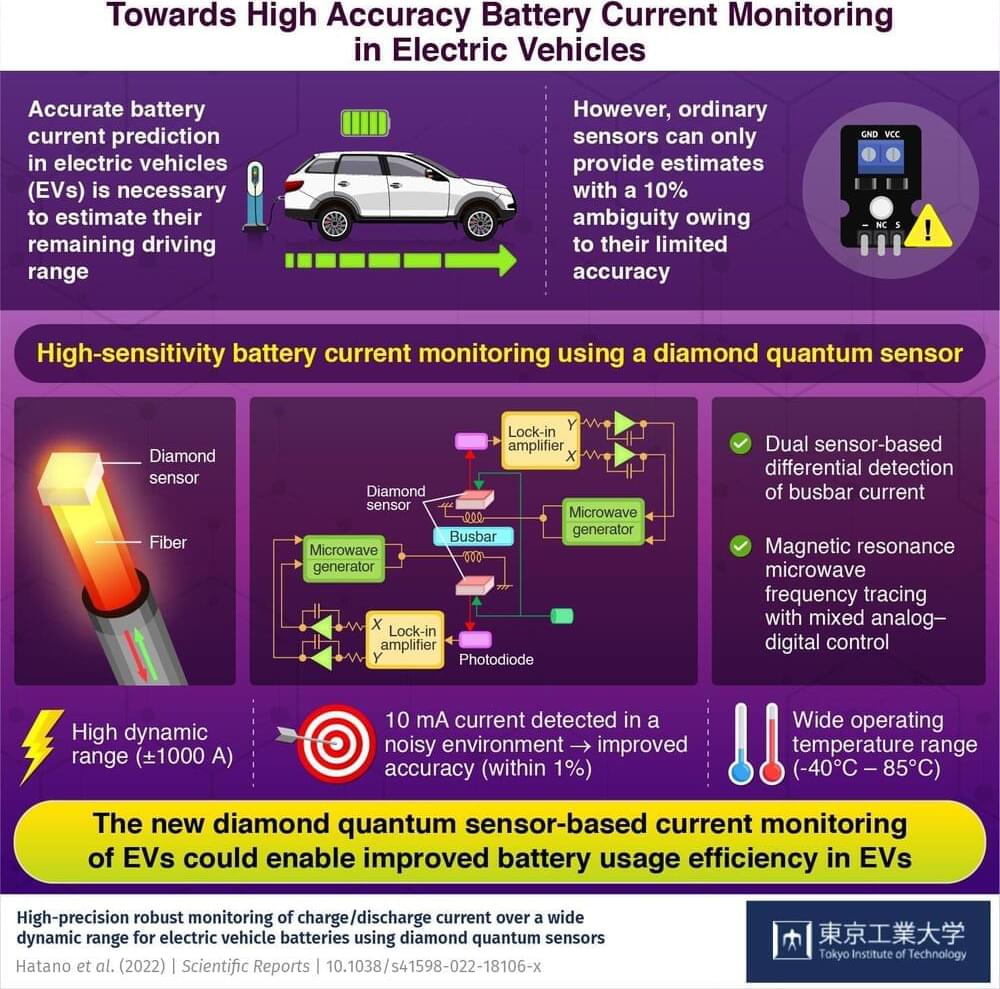Sep 7, 2022
Free Virtual Event!
Posted by Muhammad Furqan in categories: business, economics, policy, space travel, sustainability
Space is no longer a remote and special place – it is becoming a part of our life and economy.
In parallel with technological advances such as space travel, lunar exploration and next-generation spacecraft, the number of businesses that utilize space has grown. Space has become an indispensable part of our lives.
The Nikkei Virtual Global Forum “The Future of Space 2022” will explore the possibilities of space, from Earth’s orbit to the Moon, Mars and beyond, and the global benefits and impacts on the economy, business and society. We will also discuss such issues as international collaboration, sustainable space utilization and policy responses.

